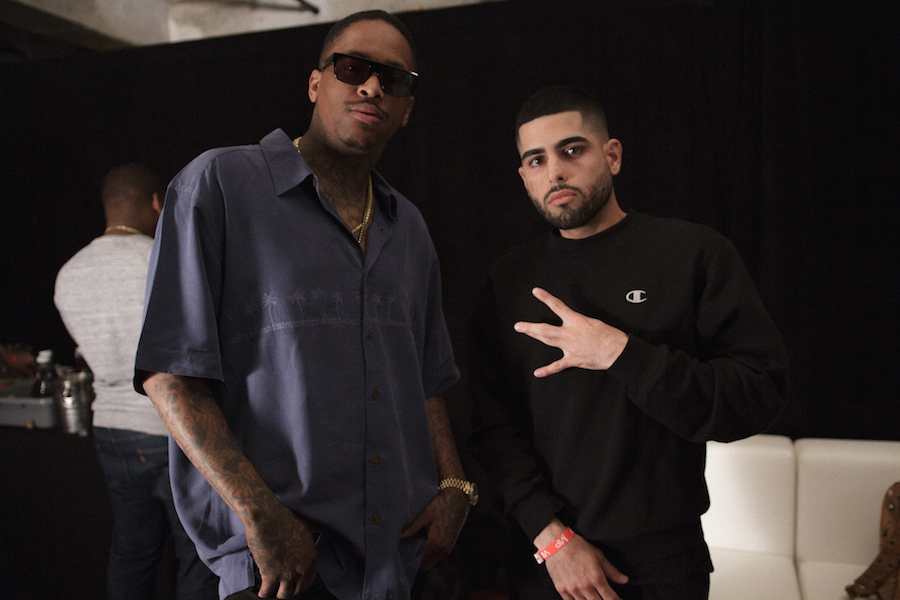The online platform Montreality is taking the Montreal hip-hop community by storm
Sina Ghiassi didn’t know his love for both cartoons and hip-hop would one day collide, leading to one successful project.
Within the vivid colours and mystical worlds of childhood cartoons, Ghiassi believes there is a driving force that pushes people to follow their dreams. Cartoon heroes take on the world and face trials at every turn, all while figuring out exactly what their superpowers are.
After years of being inspired and enamoured by these heroes, Ghiassi heard the whispers of his own superpowers at age 16.
Nestled in the crowd at a Talib Kweli concert, Ghiassi fell in love with hip-hop. He realized he didn’t belong in the crowd, but backstage, amidst the workhorses and geniuses that made these concerts run smoothly.
Nine years later, Ghiassi has built a rare archive of interviews with some of rap’s best.
Montreality is an online platform devoted to the curation of interviews with various world-class and local artists who are dominating the rap and hip-hop scene. Ghiassi has interviewed and met some of the most sought-after artists in hip-hop, and he’s developed his own interviewing style. Often, he will ask quirky questions about first jobs, favourite cartoons and favourite books.
Montreality operates through a YouTube channel, Facebook page and website.
Over the past year, not only has the group’s Facebook page increased from 20,000 likes to two million, Ghiassi also had the chance to meet talented MCs and producers, including Rae Sremmurd, Schoolboy Q and Metro Boomin.
The Montreality team, made up of Ghiassi and his partner, Daniel Yañez, have collaborated with Belgian artist Robin Velghe (RHYMEZLIKEDIMEZ) to create stunning visuals for the website and the filmed interviews, all inspired by the cartoons and video games Ghiassi grew up with. “I wanted it to feel like Saturday morning cartoons,” he says.
The Montreality project all started with Ghiassi and his best friend Yañez sneaking backstage at concerts, trying to get their favourite rappers, to give “Montreality shoutouts” on camera. That was a mere six years ago, at a time when there was no full vision for these interviews—just some kids looking to meet their heroes.
Ghiassi still carries that youthful enthusiasm and intense fervour with him as he continues to build his platform. “I feel like cartoon characters, I looked at those as my role models. I feel hip-hop artists are superheroes as well, or super-villians some of them—they’re all characters,” says Ghiassi. “Ash [from Pokemon] wants to be the very best, he wants to catch them all and that’s what I want to do, I want to capture every artist on my list.”
Ghiassi learned much of what he knows about the hip-hop industry from the books lining his shelves, and from his experience interning with the legendary Montreal harmonica player Bad News Brown and Bad News’ manager, Henry-Francois Gelot.
When Ghiassi worked with the team, the pair saw a tenacious work ethic in him, as well as an eagerness to learn. Though he learned a lot from them, he also brought his own set of skills to the team. He started as an intern, creating graphics, but always soaking up as much information as he could in Gelot’s downtown office and on tour with Bad News. Eventually, he became their executive assistant.
“I would have messed up big time at some point without mentors like Bad News and Henry,” said Ghiassi. “As soon as I was introduced to hip-hop, I was like, I have to be a part of this. I want to bring something to the culture. It’s my duty.”
